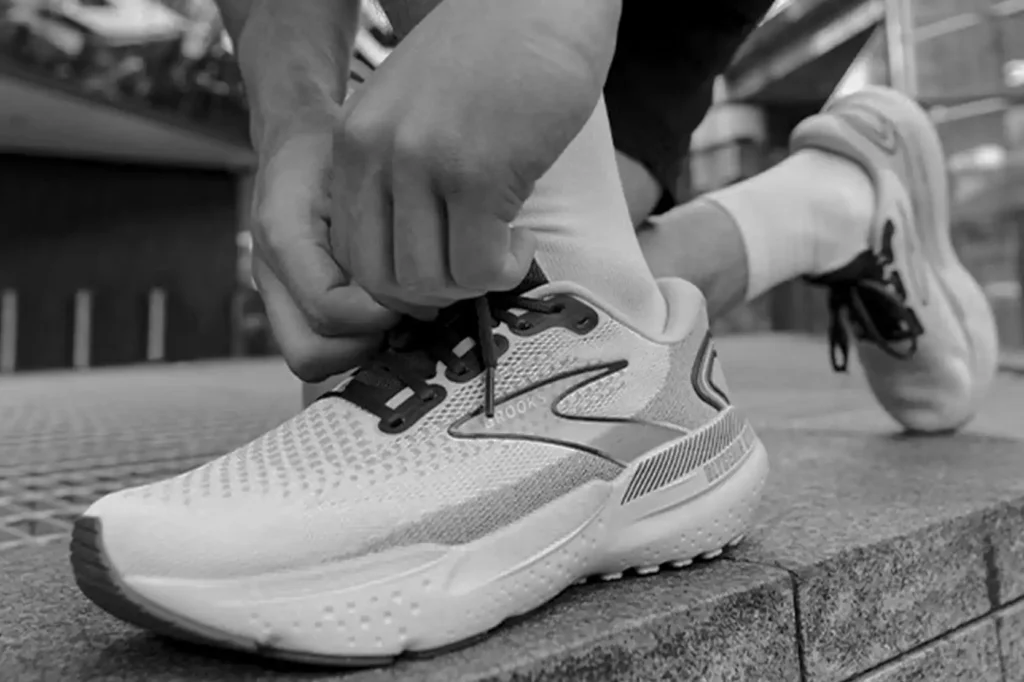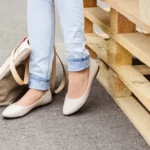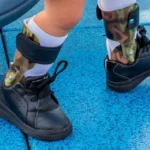Looking for the best insoles for shoes for knee pain? This expert guide explains how the right insoles provide arch support, shock absorption, and joint alignment to relieve knee stress.
Introduction to Insoles for Shoes for Knee Pain:
If you’re dealing with nagging knee pain, especially when walking, standing for long periods, or after workouts, you’re not alone. Best insoles for shoes for knee pain are orthotic insoles with arch support and shock absorption, which align your posture and reduce pressure on knee joints. As someone who’s battled knee discomfort for years due to flat feet and long hours on my feet, I know how frustrating it can be. One of the simplest, most cost-effective solutions that worked wonders for me was switching to the right pair of insoles. Insoles for shoes for knee pain aren’t just about comfort they’re designed to realign your body, absorb shock, and take the stress off your joints.
Knee pain is often linked to poor foot alignment, lack of arch support, or imbalanced weight distribution. This is where shoe insoles step in literally! The right insoles can act as a buffer between your foot and the hard ground, promoting better posture and easing the strain on your knees. Whether you’re an athlete, work on your feet all day, or are simply trying to ease osteoarthritis-related discomfort, finding the right insoles can dramatically improve your daily comfort and mobility.
Yes! Insoles with proper arch support and shock absorption reduce knee strain and improve alignment.
What Causes Knee Pain and How Insoles Help:
Knee pain can stem from multiple causes flat feet, overpronation, improper footwear, or even just standing too long on hard surfaces. When your feet aren’t properly supported, the misalignment can creep up to your knees, hips, and back. Over time, this poor alignment places excess pressure on the medial (inner) and lateral (outer) parts of your knee, which can lead to inflammation, pain, and eventually chronic injury.
This is where insoles make a major difference. Insoles designed for knee pain help by correcting your gait and providing arch support, which redistributes pressure away from your knees. They also cushion each step, reducing the shock that travels up your leg. With consistent use, they can prevent further injury and even aid in recovery from existing pain.

Key Features to Look for in Insoles for Knee Pain:
Not all insoles are created equal. When searching for the best insoles for knee pain, look for these critical features. Some brands even offer customizable insoles or heat-moldable options that contour specifically to your foot shape for maximum support.
- Arch Support: Whether you have flat feet or high arches, proper support helps align your feet and reduces stress on the knees.[https://amzn.to/3GNwag7]
- Cushioning and Shock Absorption: Materials like gel, EVA foam, and memory foam help absorb the impact of walking or running.[https://amzn.to/44NjYWG]
- Stability and Motion Control: A good insole will reduce excess movement, especially for overpronators (those whose feet roll inward).[https://amzn.to/44jbV3N]
- Heel Cup Support: A deep heel cup provides stability, keeps the foot in place, and prevents extra strain on your knees.[https://amzn.to/3YoTfvT]
Types of Insoles That Help with Knee Pain:
There are various types of insoles, and choosing the right one depends on the root cause of your knee pain:
- Orthotic Insoles: These are medically designed to correct foot posture and alignment, ideal for chronic knee pain due to flat feet or overpronation.
- Gel Insoles: Best for shock absorption and all-day cushioning, ideal if you’re on your feet all day.
- Sports Insoles: Built for high-impact activities, these offer reinforced support, especially in the arch and heel.
- Custom Insoles: If you have a specific foot condition, custom orthotics prescribed by a podiatrist might be the most effective solution.
Best Insoles for Different Needs:
Here’s a quick breakdown of which insoles are best for different types of knee pain sufferers. Each of these is tailored to a specific cause and severity of knee pain, and the right match can significantly reduce your discomfort.
- For Flat Feet: Look for insoles with rigid arch support and a deep heel cup (e.g., Superfeet Green or Powerstep Pinnacle).
- For Runners: Opt for insoles with extra shock absorption and moisture-wicking properties (e.g., Currex RunPro or Spenco Total Support).
- For Osteoarthritis: Gel-cushioned insoles with arch support are ideal, such as Dr. Scholl’s Orthotics for Arthritis Pain.
- For Daily Wear: Consider medium arch insoles that balance comfort and support (e.g., Sof Sole Airr Orthotic Performance Insoles).
How to Use and Maintain Insoles for Long-Term Relief:
Using insoles correctly is just as important as picking the right pair. Start by gradually increasing wear time, especially if you’re new to orthotics. Don’t forget to remove your factory shoe insoles before inserting new ones doubling up can actually create discomfort. Maintenance is also key. Wash your insoles occasionally with mild soap and let them air dry. Replace them every 6–12 months, depending on usage. Signs like flattened cushioning or a worn heel cup indicate it’s time for a new pair.
When to See a Professional:
While insoles provide great relief, they’re not a cure-all. If your knee pain persists even after using proper insoles, it may be time to consult a podiatrist or orthopedic specialist. You might need custom orthotics, physical therapy, or other treatments depending on the underlying cause of your knee pain. Don’t wait until your pain becomes unbearable early intervention is key. Trust your body, and when in doubt, get professional guidance.
FAQ
Most frequent questions and answers
Yes! Insoles with proper arch support and shock absorption reduce knee strain and improve alignment.
Most people notice improvement within a few days to a couple of weeks with consistent use.
Store-bought work for most people, but see a podiatrist if your pain is chronic or severe.
Conclusion:
By improving foot alignment, providing arch support, and absorbing shock, the right insoles can significantly reduce knee strain. In conclusion, insoles for shoes for knee pain offer a simple yet highly effective way to relieve discomfort and support long-term joint health. Whether you’re dealing with arthritis, flat feet, or general fatigue, upgrading your insoles is a smart, affordable step toward lasting relief. Don’t let knee pain hold you back start with the right support from the ground up.





